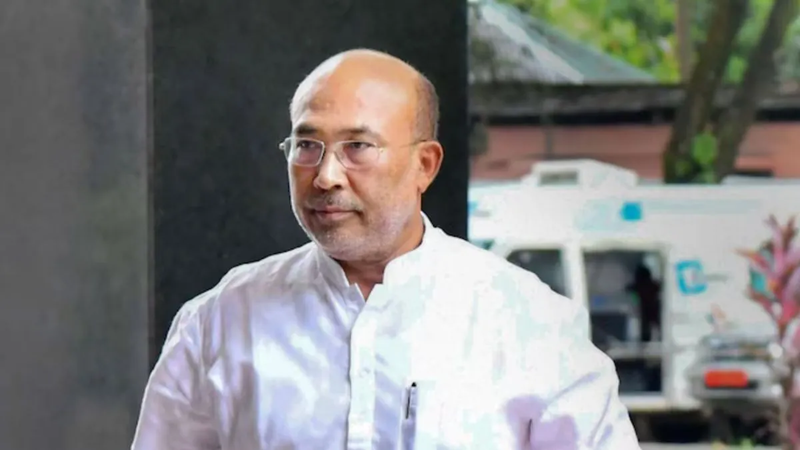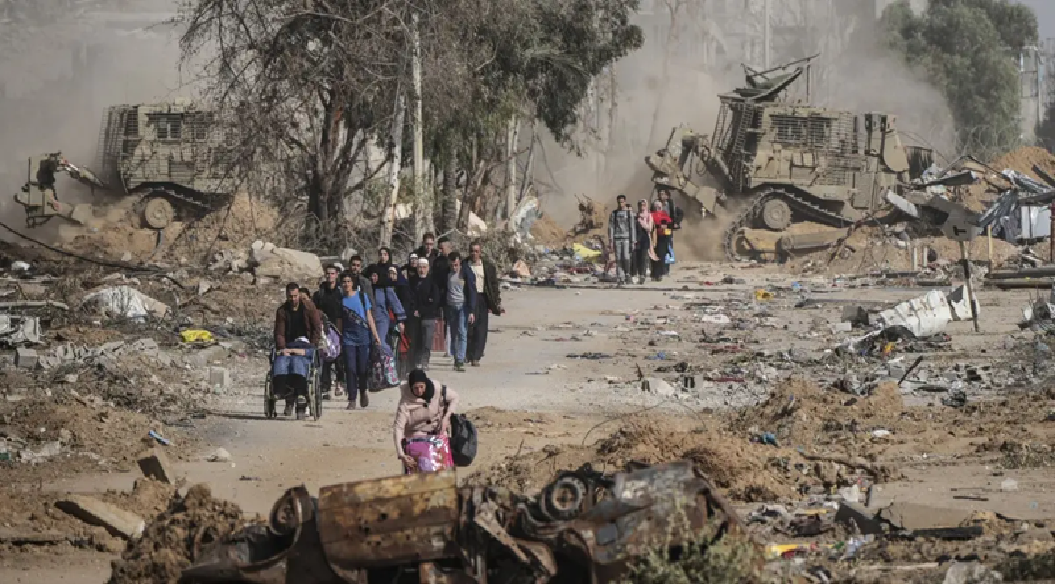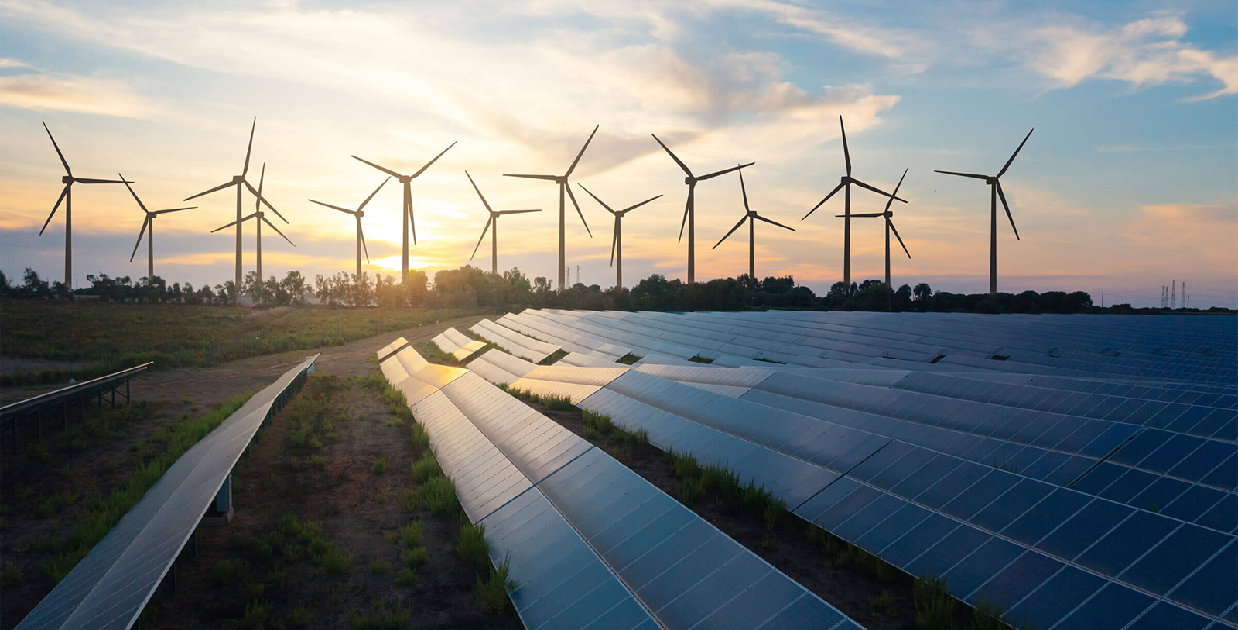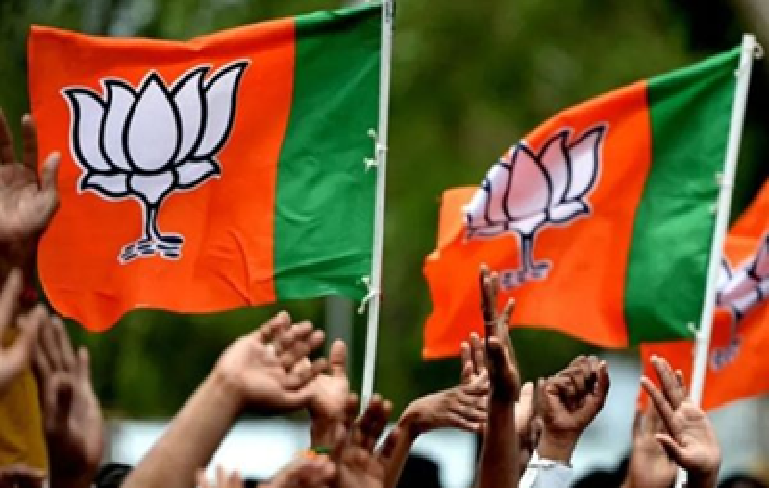.jpg)
Collapsing infrastructure exposes 'Viksit Bharat'
A series of reports on collapse and damage to infrastructure have been splashed across the Indian media. Parts of newly erected canopies of airport terminals at Delhi, Jabalpur and Rajkot either crashed or were blown away by the monsoon winds.
A taxi driver was killed in the crash of terminal roof in Delhi.Bihar has witnessed collapse of four bridges in less than a week. While a leaky roof was detected at the recently consecrated Ram Mandir in Ayodhya, the newly laid Ram Path in Ayodhya looked like an extension of River Sarayu.
Last month, a huge billboard came crashing down on a petrol bunk in Mumbai killing as many as 15 people. Hill states of Uttarakhand and Himachal Pradesh are regularly in the news for huge chunks of hills coming down on a daily basis knocking off a vast number of buildings built on slopes rendered unstable due to unbridled deforestation.
Cracks appeared on the Mumbai Trans Harbour Link (MTHL) recently. Known as Atal Setu, the link was opened by Prime Minister Narendra Modi only in January this year amid a good amount of fanfare.
Last year, a bridge in Morbi town in Gujarat collapsed in the river killing around 125 people.
People were witness to vast stretches of buildings constructed on river banks in Himachal Pradesh crashing like a pack of cards in the surging waters of furious rivers.
People across the nation prayed with bated breath for the safety of 19 workers trapped under a tunnel that was part of National Highways connecting the four religious dhams in the Himalayas. Cutting of hills needs to be minimized to contain ecological damage. But in its enthusiasm to promote tourism, the National Highways Department has been blasting away vast chunks of hills.
These collapses raise questions over the poor quality of infrastructure executed to claim a few brownie points and as a matter of record for the Prime Minister who seemed to be in a feverish race to launch and dedicate projects to the nation.
How is it that the first flush of monsoon rains paralyse roads in Delhi and turns the key installations into debris?
Infrastructure being the bulwark for future development does not afford any casual approach and timely action should not be confused with hasty decisions and clumsy work.
Swift implementation should not be an excuse for neglecting safety aspects as these projects involve constant use by a mass of people.
Critical processes to investigate ecological factors and the required material and methods cannot be bypassed to put up a show for the record books.
The Modi government had been on a ribbon-cutting spree at least for six months prior to the elections and has been claiming to have built 80 airports, airlinked two-tier cities to major cities and expanded highways. It might be unfair to criticize his administration for all the havoc wreaked by nature.
Yet it cannot escape the blame and complicity as maintenance is part of governance. If infrastructure proves to be flawed, if key exams get riddled with frauds and railway accidents happen with sickening regularity, ‘viksit Bharat’ is all likely to be seen for what it is, i.e., a rhetorical delusion or an electoral gimmick.
 English daily published in Bengaluru & Doha
English daily published in Bengaluru & Doha






